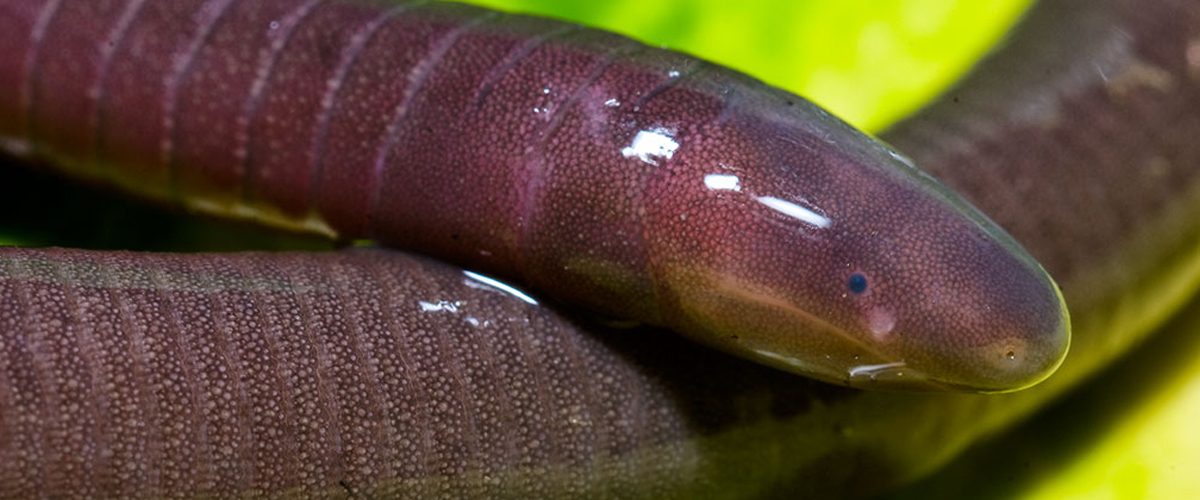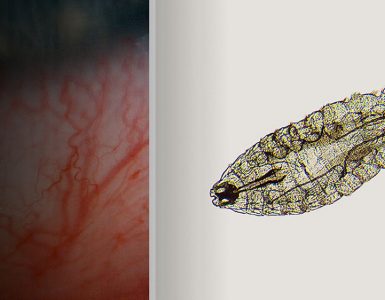A worm-like, amphibian discovered living in Florida is a caecilian, DNA analysis confirmed. This eel-like creature was pulled from a canal around 2 years ago. The same canal has yielded some other specimens too, and scientists are of the view that non-amphibians might have taken root in the United States. According to the study published in Reptiles & Amphibians, the researchers declare that “To our knowledge, this represents the first record of a caecilian in Florida or anywhere else in the United States”
Captured on November 7, 2019, by the team of the Florida Fish and Wildlife Commission in Miami’s Tamiami Canal or C-4 Canal, during a routine survey of the canal, this specimen was 2 feet long. This animal died in captivity because the feeding attempts failed. The specimen was later sent to the Museum of Natural History Florida, for analysis. This DNA analysis helped distinguish the current specimen Typhlonectes natans from similar-looking Typhlonectes compressicauda, or Rio Cauca caecilian that is native to South America. Natans are found in Columbia and Venezuela the most.
This particular species has snake-like venom glands, that aren’t common with such animals but are a trait for amphibians. They must be the oldest animals to have a venomous bite, from an evolutionary standpoint. In Latin ‘Caecilians’ means ‘blind ones’ which is of their feature. They can be found in underground or freshwater reservoirs and can grow as long as 5 feet in length.
Dr. Coleman Sheehy, the herpetology collection manager at the Florida Museum of Natural History received pictures of this captured caecilian from time to time.
This was not on my radar,” says Sheehy. “I didn’t think we’d one day find a caecilian in Florida. So, this was a huge surprise.
He later received this specimen and some other caecilians from the same canal, which intrigued him to conducting fieldwork in the future to determine their number and range in that particular location.
Though Typhlonectes natans caecilian, the first specimen found, is native to Colombia and Venezuela, where it mostly is sold as pet trade. The researchers believe that these pests were intentionally released into the canal in Florida. He says,
Very little is known about these animals in the wild, but there’s nothing particularly dangerous about them, and they don’t appear to be serious predators. They’ll probably eat small animals and get eaten by larger ones. This could be just another non-native species in the South Florida mix.
Technically speaking, the animals have been to the US before, but not recently: 170 million-year-old fossilized remains have been found in the American Southwest, but until the discovery, no surviving descendants had been found anywhere north of Mexico.

















Add comment